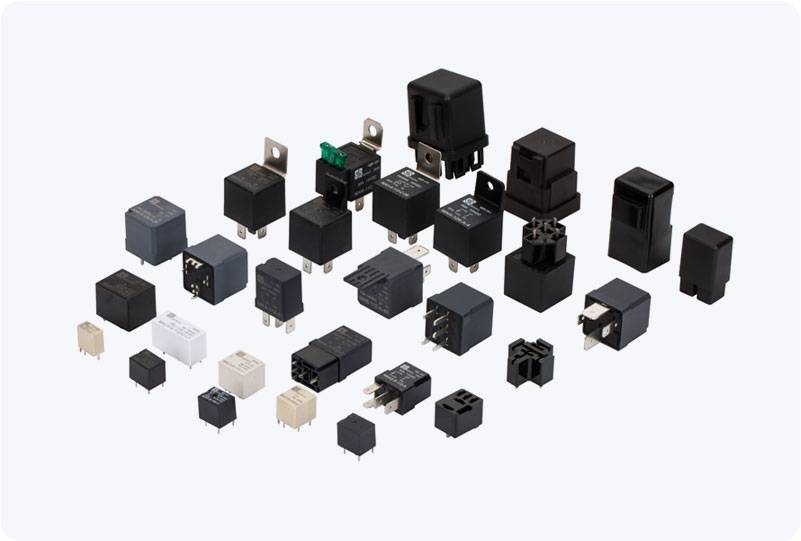The battery pack main relay is a crucial component in modern battery-powered systems, especially in electric vehicles (EVs) and renewable energy storage solutions. This relay is responsible for controlling the flow of electrical energy between the battery pack and the system it powers. While it may seem like a simple switch, the battery pack main relay plays a pivotal role in ensuring safety, efficiency

Future Trends in Battery Pack Main Relay Technology As battery technology continues to evolve, so too must the components that manage and protect these systems. The future of battery pack main relays lies in the development of more advanced, efficient, and reliable relay technologies that can keep up with the increasing demands of modern battery applications. Here are some potential trends and innovations we might see in the coming years: 1. Solid-State Relays Traditional battery pack main relays use mechanical components, such as contacts and actuators, to physically open and close the circuit. However, as technology progresses, we are seeing an increasing interest in solid-state relays (SSRs) for battery management systems. Unlike their mechanical counterparts, SSRs have no moving parts, which means they can offer faster response times, increased reliability, and less wear and tear over time. Solid-state relays also tend to be more compact and can operate in more extreme conditions, making them ideal for high-performance applications like electric vehicles or energy storage systems.
Leave a Reply